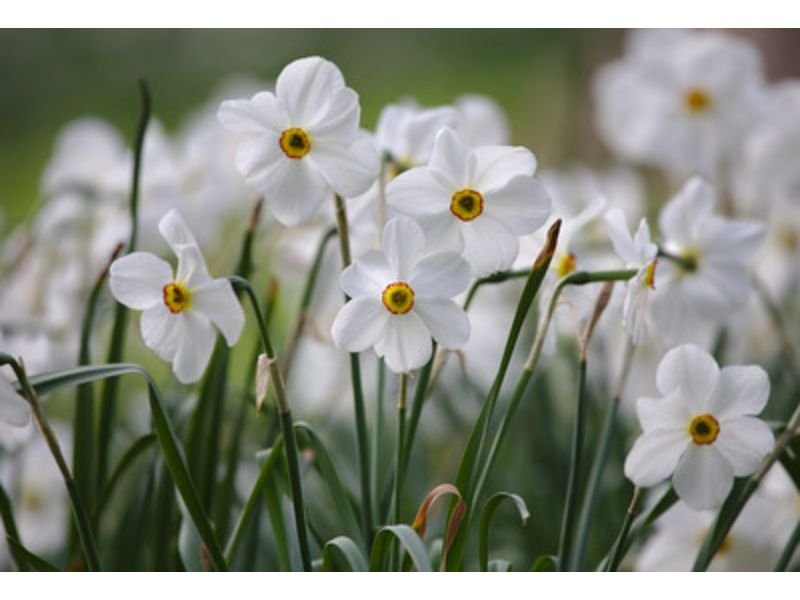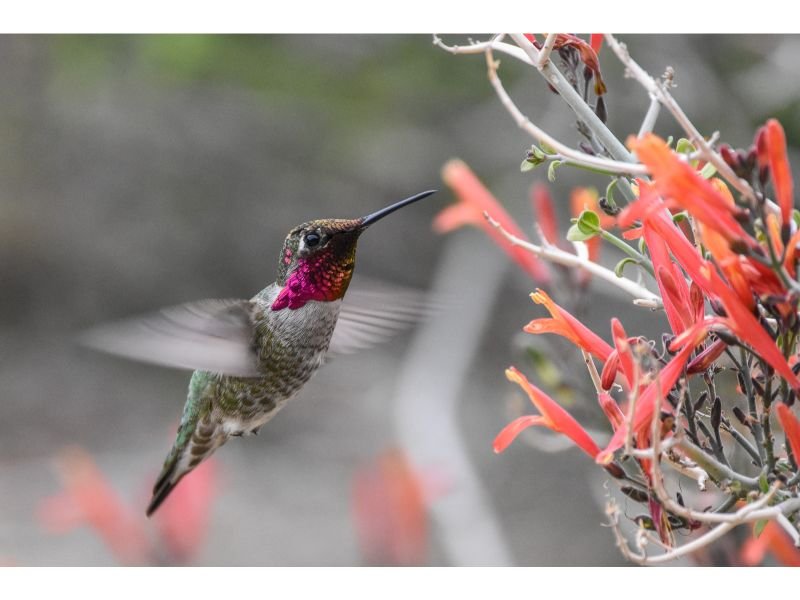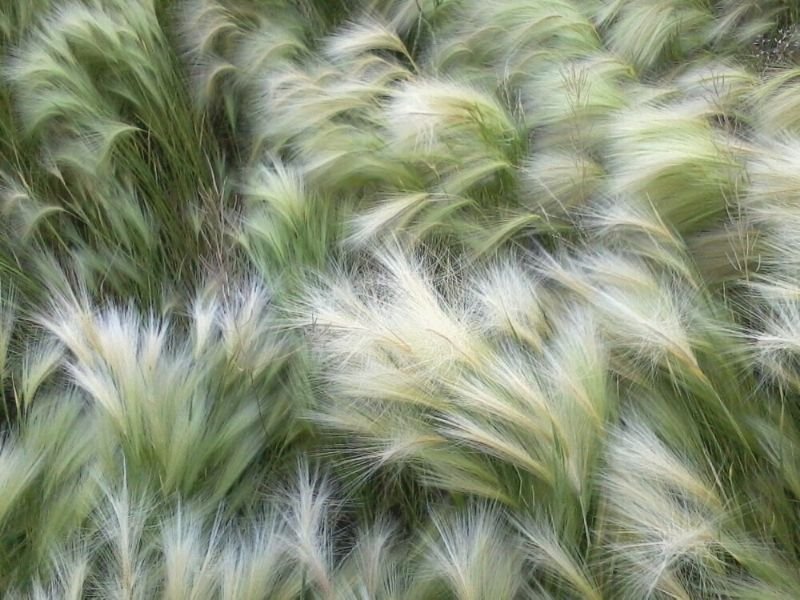When it comes to creating a visually striking and inviting garden, the color yellow is often a go-to choice for many gardeners. The sight of cheerful yellow perennial flowers can instantly uplift the mood and add a touch of radiance to any outdoor space.
In Zone 6, characterized by its relatively mild winters and moderate summers, gardeners have the opportunity to cultivate an impressive assortment of yellow perennials that can withstand climatic conditions and bloom magnificently year after year.

Table of Contents
Understanding Zone 6 Climate
Zone 6 is known for its average cold temperatures during winter, with average minimums ranging between -10°F to 0°F (-23.3°C to -17.8°C). Summers are moderate, with warm but not excessively hot temperatures, making it an ideal climate for a diverse range of plants. Gardeners in Zone 6 need to choose plants that can endure frosty winters and flourish in mild summer conditions.
Benefits of Yellow Perennial Flowers
Yellow perennial flowers offer more than just visual appeal. They attract beneficial pollinators like bees and butterflies, enhancing the overall health of your garden ecosystem. These flowers also tend to be hardy and low-maintenance, requiring less effort to cultivate and care for compared to annuals. By choosing the right yellow perennials, you can enjoy a vibrant and thriving garden without the hassle of replanting each year.
Best Yellow Perennial Flowers to Grow in Zone 6
If you’re ready to infuse your garden with the warm glow of yellow blooms, look no further. These top 10 yellow perennials are tailor-made for Zone 6 conditions:
Marigolds: Nature’s Gold

Marigolds are a fitting choice for Zone 6 due to their adaptability to a wide range of conditions. They thrive in full sun, which is abundant in this zone. Their vibrant blooms not only add visual appeal but also act as natural pest repellents, effectively managing insect populations in the garden.
Daffodils: Early Spring Elegance

Daffodils are a great fit for Zone 6 because they are known for their cold tolerance. They can endure the lingering winter chill of this zone and still bloom beautifully in early spring. These hardy perennials are well-equipped to handle the climate’s fluctuations.
Black-Eyed Susans: Summer Charm
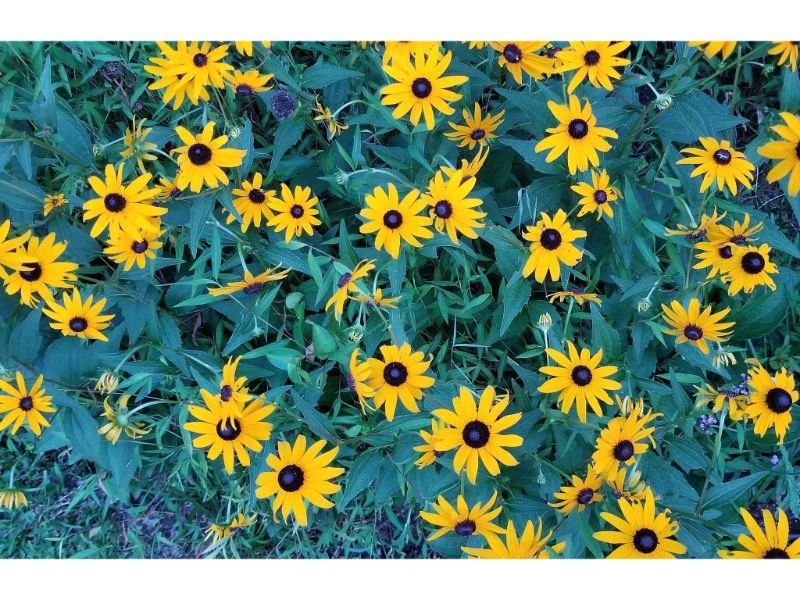
Black-Eyed Susans thrive in Zone 6’s warmer temperatures. These drought-tolerant perennials are equipped to withstand the heat of the summer months. Their cheerful, golden-yellow petals and dark centers bring a burst of color and charm to the garden during this season.
Coreopsis: Low-Maintenance Delight

Zone 6’s conditions make it an ideal home for Coreopsis due to its preference for well-draining soil and full sun. These low-maintenance perennials can tolerate both the summer heat and occasional cold snaps, providing consistent color and beauty.
Daylilies: Constant Splendor

Daylilies flourish in Zone 6’s climate, with their versatile nature allowing them to adapt to various soil types. These perennials produce an abundance of yellow flowers throughout the summer, creating a continuous spectacle of splendor.
Yarrow: Nature’s Medicine Cabinet
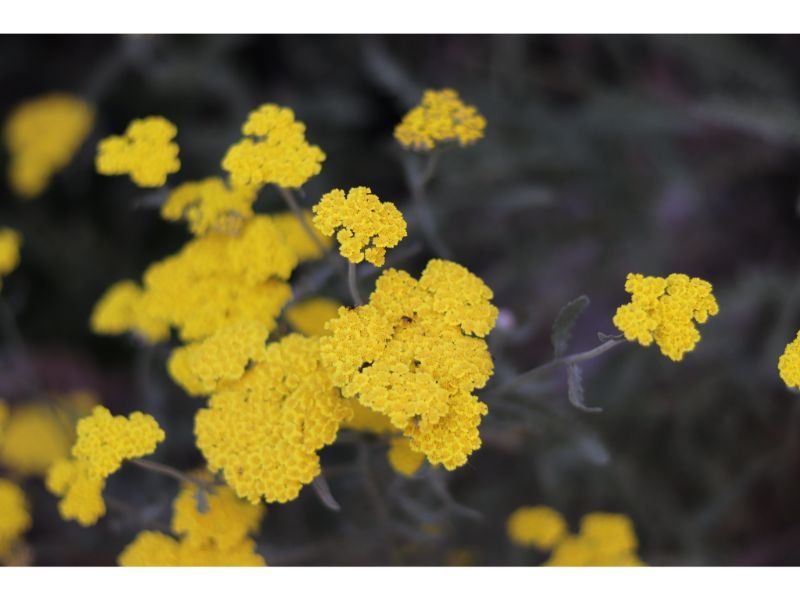
Yarrow is well-suited to Zone 6 because it thrives in sunny and dry conditions. Its feathery foliage and flattened clusters of yellow flowers not only add beauty but also attract pollinators, contributing to the garden’s health and vitality.
Gaillardia: The Blanket Flower
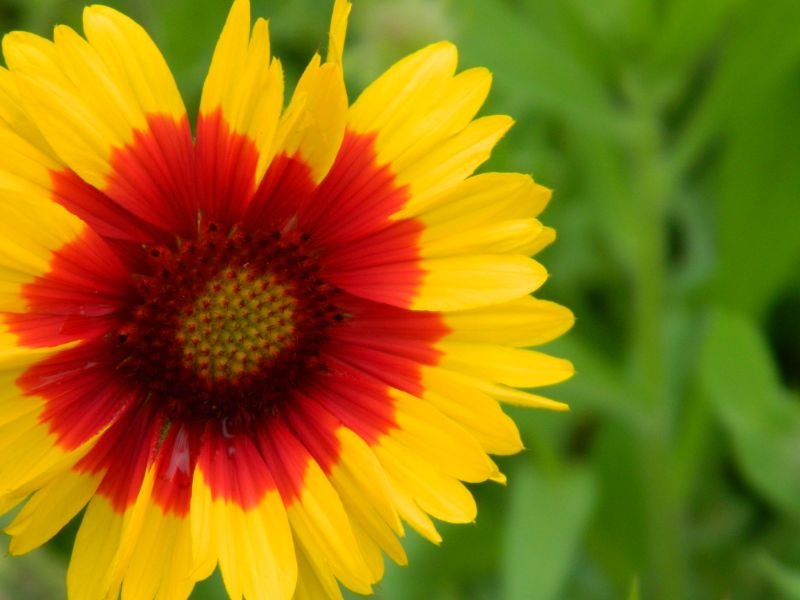
Zone 6 provides the warmth and sunlight that Gaillardia needs to thrive. These drought-tolerant perennials with vibrant yellow and red blossoms add a touch of the prairie’s natural beauty to the garden landscape.
Heliopsis: Bright and Cheery

Heliopsis flourishes in Zone 6’s sunny conditions, making them a bright and cheerful addition to the garden. Their daisy-like blooms stand tall on sturdy stems, bringing an energetic ambiance to the outdoor space.
Ligularia: Unique Water Lover

Ligularia finds its home in damp or pondside areas, making it an ideal choice for Zone 6 gardens with its moderate rainfall. Its bold leaves and spikes of yellow flowers add a unique touch to these moist environments.
Achillea: Fine Feathery Foliage
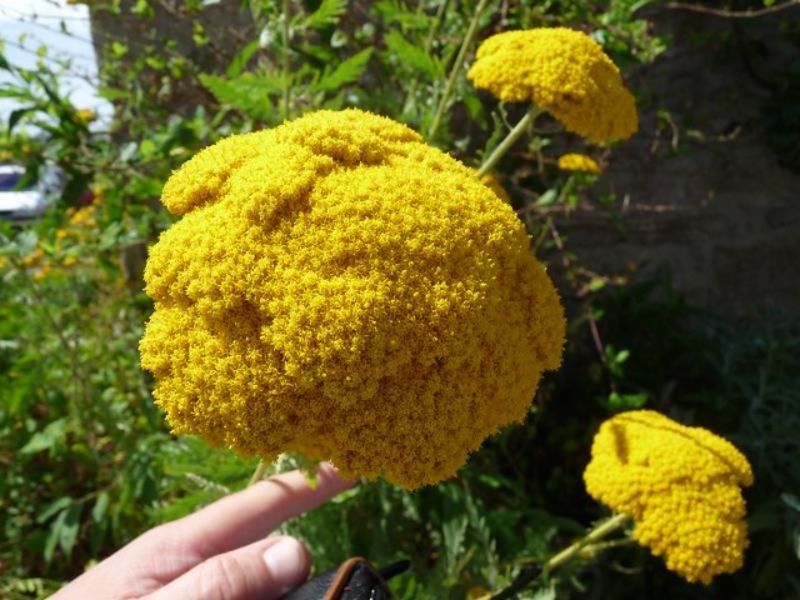
Achillea’s fine, feathery foliage complements its clusters of tiny yellow flowers, creating an elegant look in Zone 6 gardens. This perennial’s attractiveness extends beyond appearance – it also supports local butterfly populations.
Goldenrod (Solidago spp.)

Goldenrod’s plume-like clusters thrive in the full sun and well-draining soil typical of Zone 6. Contrary to misconceptions, these pollinator-friendly perennials bring vibrancy and ecological benefits to the garden.
Yellow Stonecrop (Sedum spp.)
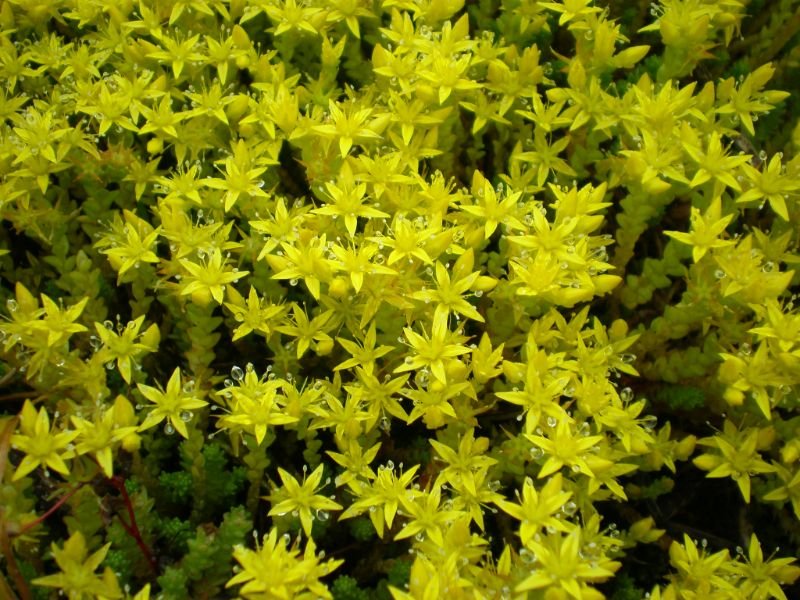
Yellow stonecrop’s succulent leaves and star-shaped yellow flowers thrive in Zone 6’s well-draining soil. These drought-tolerant perennials are an excellent choice for rock gardens and containers, bringing texture and color to these spaces.
Conclusion
Incorporating a variety of yellow perennial flowers into your Zone 6 garden can transform it into a captivating and vibrant oasis. These hardy plants offer not only a visual delight but also contribute to the health of the ecosystem. With careful selection and planning, you can create a garden that showcases the beauty of nature’s golden hues year after year.
FAQs
1. Can I grow these yellow perennials in containers?
Absolutely! Many of these perennials can thrive in containers, provided they have adequate drainage and sunlight.
2. Do these plants require special soil conditions?
While most of these plants are adaptable, ensuring well-draining soil enriched with organic matter can help them thrive.
3. Are these flowers attractive to pollinators other than bees and butterflies?
Yes, they can also attract hoverflies, which are beneficial for natural pest control.
4. How often should I water these perennials?
It depends on the specific plant, but allowing the soil to slightly dry out between waterings is generally a good practice.
5. Can I plant these perennials in partial shade?
Some of them can tolerate light shade, but for optimal flowering, it’s recommended to provide them with at least 6 hours of direct sunlight.

Gardening is my passion and growing plants indoors has always been a stress relief for me. Grow a banana tree in my apartment once (although failed to produce bananas).

